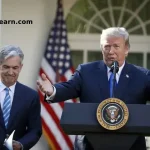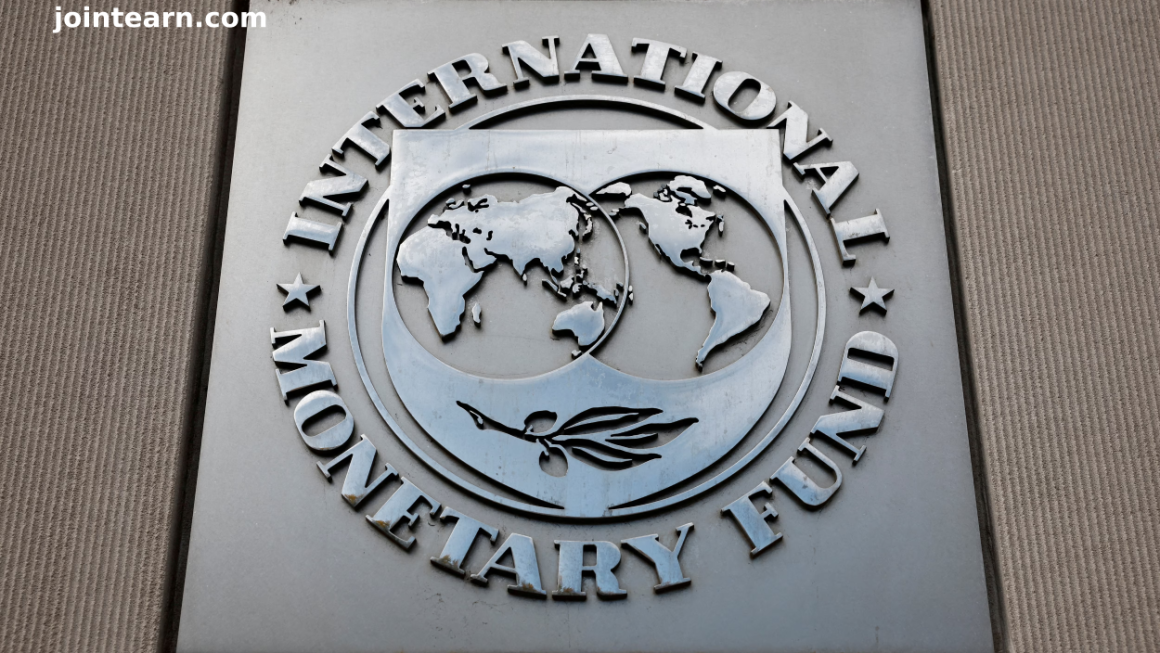The number of Americans filing new claims for unemployment benefits rose slightly last week, signaling that the labor market remains resilient despite economic uncertainty driven by tariffs on imported goods.
Weekly Jobless Claims Rise Slightly
For the week ending April 19, initial claims for state unemployment benefits rose by 6,000, reaching a seasonally adjusted total of 222,000, according to the U.S. Department of Labor. This figure aligned with economists’ forecasts, who had also projected 222,000 claims for the week. The increase comes after the Good Friday holiday, which occurred later this year than in 2024. Typically, claims data can be volatile around moving holidays, and the spring break period may have further influenced the numbers, with different states experiencing breaks at varying times.
Tariff Impact and Economic Concerns
Despite the small increase, economists suggest that President Donald Trump’s unpredictable trade policies and tariffs could eventually weaken the labor market. Business confidence has been decreasing, and tighter financial conditions are making companies more hesitant to expand their workforce.
In early April, Trump announced a series of tariff changes, including a 90-day delay on reciprocal duties with over 50 trade partners and a 145% tariff hike on Chinese imports. Beijing retaliated with its own tariffs, escalating tensions in the ongoing trade war between the two major economies.
The tariffs, which include a universal 10% duty on nearly all imports and 25% on steel, aluminum, and automobiles, have raised concerns about inflation and slow economic growth. These measures, seen by Trump as a way to boost U.S. industry and offset tax cuts, have fueled fears that prolonged trade tensions could further impact the labor market.
Federal Reserve and Employment Uncertainty
In its latest Beige Book report, the Federal Reserve noted that several districts observed businesses taking a “wait-and-see” approach to hiring, with many firms pausing or slowing recruitment efforts until there is more clarity on economic conditions. The report also mentioned that some firms were preparing for potential layoffs, and government employment had decreased, particularly in sectors reliant on government funding.
The Trump administration has been pursuing aggressive cuts to the federal workforce through mass firings and reduced spending, under the guidance of the Department of Government Efficiency led by tech entrepreneur Elon Musk. Despite these ongoing changes, the broader labor market has remained largely unaffected, with layoffs remaining low, which has helped keep the economy on track.
Continuing Claims Drop, Reflecting Strong Hiring
The number of people receiving benefits after an initial week of aid, a key indicator of hiring activity, fell by 37,000 to 1.841 million for the week ending April 12. This decrease suggests that hiring remains strong despite broader economic challenges. This data also serves as a proxy for employment conditions during the government’s survey period for April’s unemployment rate, which currently stands at 4.2%, up from 4.0% in January.
Conclusion: Resilient Labor Market Amid Economic Challenges
While U.S. jobless claims rose slightly, the labor market continues to show resilience with relatively low layoffs and steady hiring. However, ongoing trade tensions and tariff policies present risks to economic growth, and the long-term impact on employment remains uncertain.












